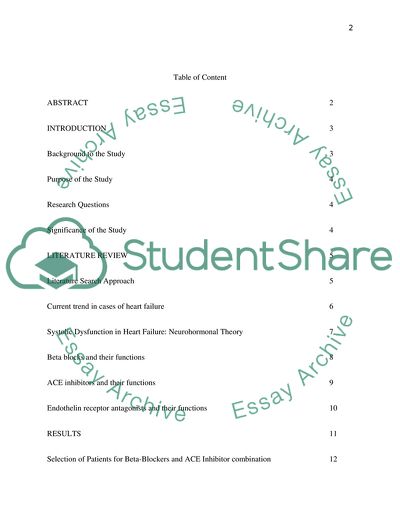Cite this document
(The Use of Beta-blockers and ACE Inhibitors or Endothelin Receptor Ant Essay, n.d.)
The Use of Beta-blockers and ACE Inhibitors or Endothelin Receptor Ant Essay. https://studentshare.org/biology/1849801-the-use-of-beta-blockers-and-ace-inhibitors-or-endothelin-receptor-antagonist-and-ace-inhibitors-as-combination-therapy-for-heart-failure
The Use of Beta-blockers and ACE Inhibitors or Endothelin Receptor Ant Essay. https://studentshare.org/biology/1849801-the-use-of-beta-blockers-and-ace-inhibitors-or-endothelin-receptor-antagonist-and-ace-inhibitors-as-combination-therapy-for-heart-failure
(The Use of Beta-Blockers and ACE Inhibitors or Endothelin Receptor Ant Essay)
The Use of Beta-Blockers and ACE Inhibitors or Endothelin Receptor Ant Essay. https://studentshare.org/biology/1849801-the-use-of-beta-blockers-and-ace-inhibitors-or-endothelin-receptor-antagonist-and-ace-inhibitors-as-combination-therapy-for-heart-failure.
The Use of Beta-Blockers and ACE Inhibitors or Endothelin Receptor Ant Essay. https://studentshare.org/biology/1849801-the-use-of-beta-blockers-and-ace-inhibitors-or-endothelin-receptor-antagonist-and-ace-inhibitors-as-combination-therapy-for-heart-failure.
“The Use of Beta-Blockers and ACE Inhibitors or Endothelin Receptor Ant Essay”. https://studentshare.org/biology/1849801-the-use-of-beta-blockers-and-ace-inhibitors-or-endothelin-receptor-antagonist-and-ace-inhibitors-as-combination-therapy-for-heart-failure.


